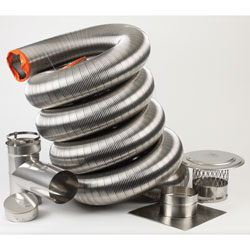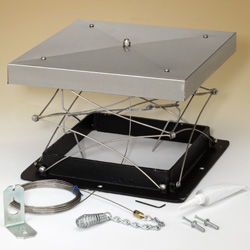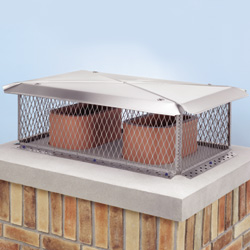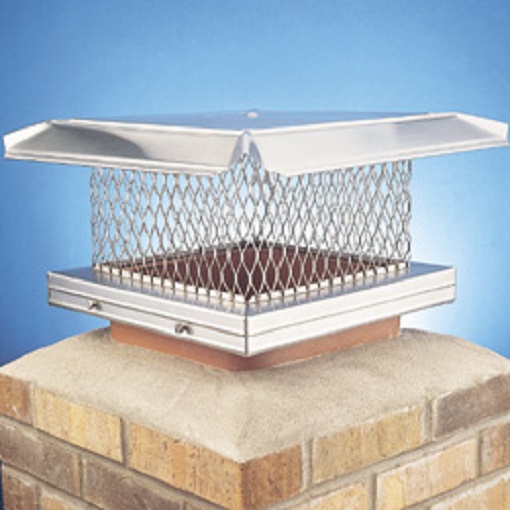Chimney Fires Season is Here
 Each year as it gets late into the burning season, it seems that the number of chimney fires drastically increase. While you curl up face to face with a warm fire or bask in the heat of your new wood stove, you are part of a ritual of a level of comfort and satisfaction passed on through the years. The very last thing you could possibly want to think about is the health of your chimney. Nonetheless, if you don’t give some thought to it , your pleasure can be quite short-lived.
Each year as it gets late into the burning season, it seems that the number of chimney fires drastically increase. While you curl up face to face with a warm fire or bask in the heat of your new wood stove, you are part of a ritual of a level of comfort and satisfaction passed on through the years. The very last thing you could possibly want to think about is the health of your chimney. Nonetheless, if you don’t give some thought to it , your pleasure can be quite short-lived.
Those who have experienced the dramatic and noisy impact of a chimney fire have reported being startled by what sounded like a train or even a low flying airplane passing by the house. A full blown chimney fire could shoot flames and dense smoke shooting out of the chimney top. These fires are extreme enough to be heard and even seen by neighbors or those passing by the home. These are the chimney fires you know about. Other chimney fires can be very slow burning, due to lack of oxygen present in the chimney system. Never the less, the temperatures they can reach can cause extreme damage to the structure of your chimney as well as combustible parts of your home.
What Causes These Chimney Fires?
So many times I’ve talked to people who say “I couldn’t have had a chimney fire. I had my chimney cleaned and inspected.” So, what exactly causes these chimney fires? You have to understand that chimney fires are caused by flames or excessive heat getting to the by-product of wood burning, called creosote. Creosote is highly flammable and is the reason for the chimney fire. Just because a chimney was cleaned, doesn’t mean that after 2 or 3 months of burning that it will still be clean. Burning uncured, green, or soft wood could actually make your chimney flue more flammable than before you cleaned it.
How to Avoid Chimney Fires
Attempting to avoid a chimney fire can be as simple as following a few simple rules. Unfortunately, following these rules will help in avoiding a fire, but they are not a guarantee that you won’t have one.
- Always burn wood that has been dry and cured. Keep your wood covered if it is stacked outside to keep it out of the weather. Wood that has been saturated by rain or snow can be the same as burning uncured wood.
- Burn only hard woods. Stay away from soft woods like pine. When possible, make sure your larger pieces of wood are split so that they will dry faster.
- Avoid burning small, smoldering fires. Small fires burn cooler and don,t properly keep your flue as warm as it should be for proper draft. The slower the smoke leaves your chimney, the greater your chance is of coating the flue with a layer of creosote. While shutting the air down on your wood stove may save on your wood pile, it could be hazardous to chimney, home, and even your family
- Whenever possible, it is a good idea to use creosote preventative products. When used properly, these products will keep the creosote deposits from building to the highly flammable stages. While no product will completely eliminate creosote, they will keep it in the powdery stage that is less flammable.
According to USFA ( US Fire Administration) Fire Estimates, in 2011 there were 43,700 heating related fires in the US, resulting in 130 deaths and 550 injuries. Don’t take your heating system for granted and most of all don’t fall victim to the chimney fire season.




No comments yet.